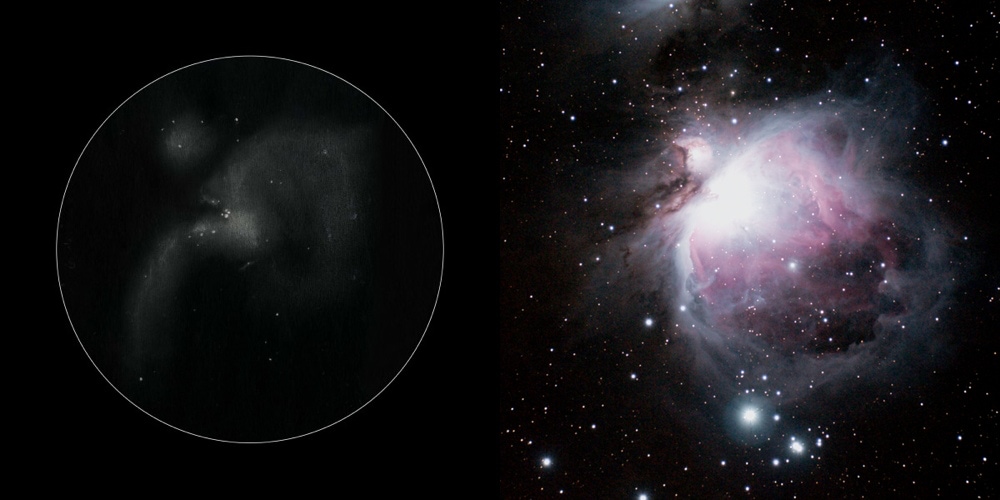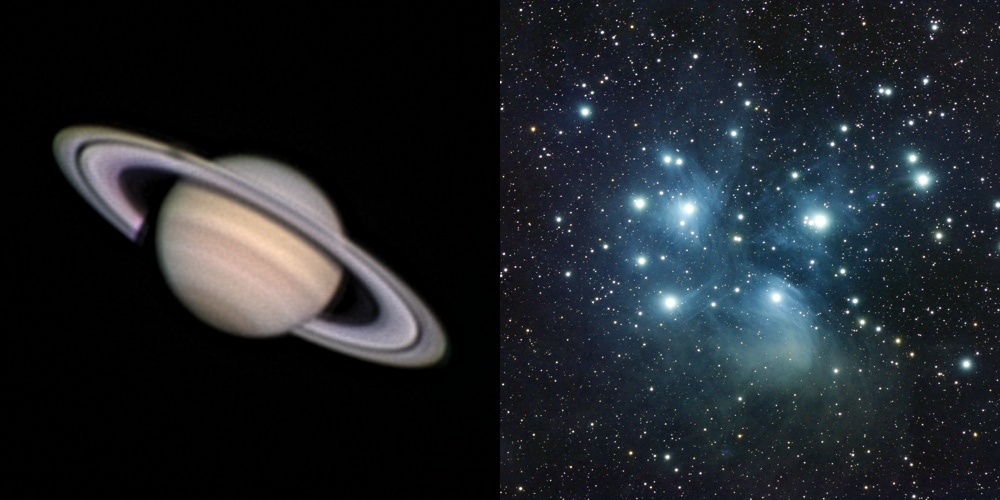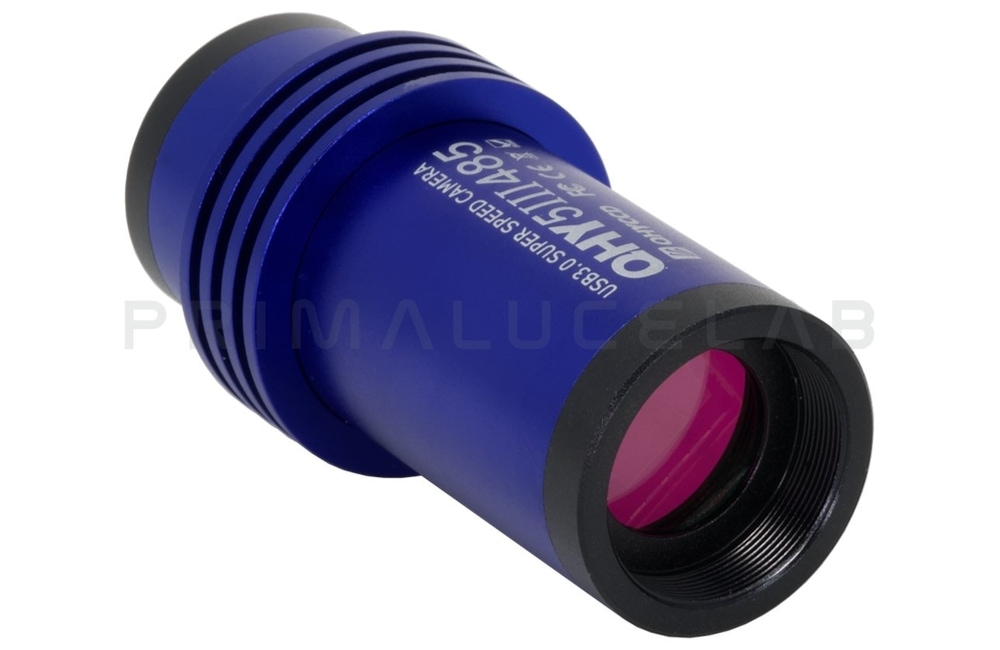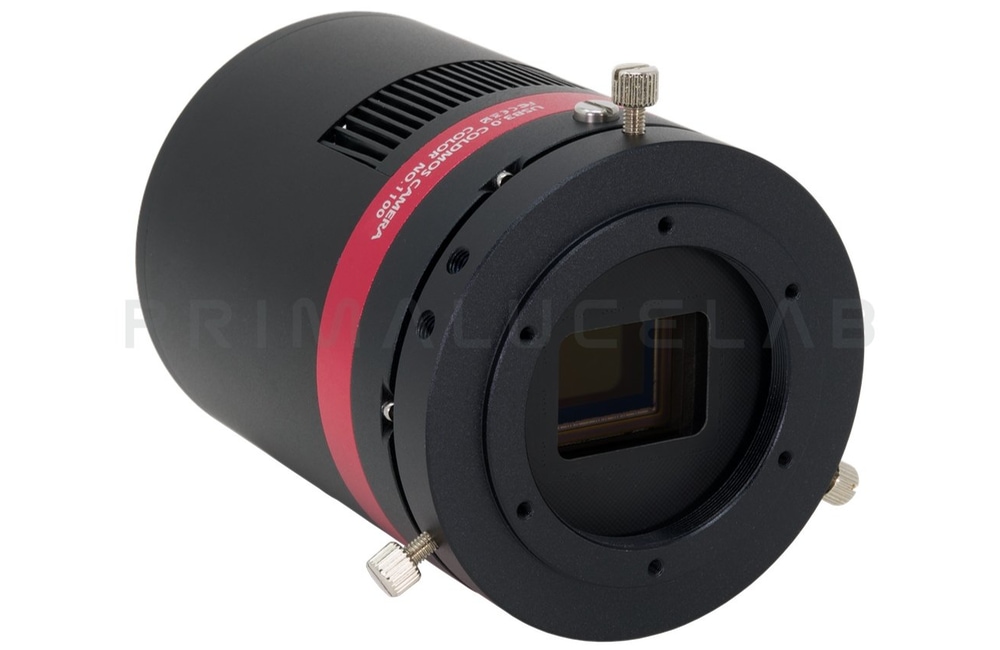Astrophotography: introduction to astronomy photography
Astrophotography is the most powerful and inspiring way to explore the Universe from Earth. By combining a telescope, a camera, and the right equipment, you can capture breathtaking images of nebulae, galaxies, planets, and the Moon—revealing details that are invisible to the naked eye. In this article, you’ll learn what astrophotography is, how it differs from other observing techniques, and why it is both a scientific and artistic pursuit. Whether you are a beginner or want to improve your imaging techniques, this guide will show you how to get started and enjoy the incredible adventure of photographing the cosmos.
What is astrophotography?
Astrophotography is the art and science of taking pictures of astronomical objects in the sky using a telescope and a camera. Unlike visual observation, where your eyes are limited by low-light sensitivity and can’t detect colors or faint structures, astrophotography allows you to record long exposures and reveal stunning features of the Universe. There are other observing methods—like visual observation, Electronically Assisted Astronomy (EAA), or smart telescopes—but they cannot match the flexibility, quality, and creative control that astrophotography provides:
• Visual observation is immediate but limited by human eyesight.
• EAA stacks short exposures in real time but lacks high detail and color depth.
• Smart telescopes are easy to use but are closed systems with limited performances. Moreover, they do not allow users to truly understand astrophotography techniques, since they handle everything automatically.
Astrophotography, on the other hand, opens up the possibility of deep exploration—recording the fine structure of galaxies, the vivid colors of nebulae, and the dynamic changes of planets and the Moon.

Two main types of astrophotography
There are two primary types of astrophotography, each with its own technique, tools, and challenges.

1. Planetary and lunar astrophotography
This focuses on bright targets like the Moon, Jupiter, Saturn, and Mars. Using high magnification and short exposure times, this method captures surface details such as lunar craters or planetary cloud bands. The key techniques include:
• Employing planetary cameras for high-speed video capture.
• Applying lucky imaging and stacking software to reduce atmospheric turbulence.
• Using Barlow lenses to increase magnification.

2. Deep-sky astrophotography
Deep-sky astrophotography targets faint objects like galaxies, nebulae, and star clusters. This method requires:
• Long exposure times (often several hours).
• Autoguiding systems and equatorial mounts for precise tracking.
• Dedicated cooled monochrome or color cameras.
• Post-processing with advanced software like PixInsight.
While more challenging, this approach provides stunning results and teaches essential astrophotography skills in focusing, calibration, and image processing.

Getting started: equipment you need
Astrophotography doesn’t require massive observatories. With modern technology, even compact and affordable telescopes can deliver outstanding results.
Basic gear includes:
• A telescope (for example a refractor for deep-sky, or a catadioptric telescope for planets).
• A tracking mount (EQ or Alt-Az depending on your needs).
• A dedicated astronomy camera or DSLR/mirrorless camera.
• Focusing accessories like SESTO SENSO or ESATTO.
• Control software—like our powerful PLAY software—designed to simplify astrophotography setup, focusing, alignment, and sequencing.
PLAY software is compatible with Windows 10/11 and integrates control of multiple devices for a seamless astrophotography session.
Final thoughts: why astrophotography matters
Astrophotography is more than taking pictures—it’s about connecting with the Universe. Each image represents a personal triumph, a moment of discovery, and a glimpse into the vast cosmos. It’s a rewarding journey that brings science, technology, and creativity together. Whether you’re a student, a teacher, or an enthusiast, astrophotography fosters a deeper understanding of the night sky. Let PLAY software and PrimaLuceLab innovations help you in your exploration of the Universe with your telescope. Start your astrophotography journey, and share beauty of the night sky with everybody.
